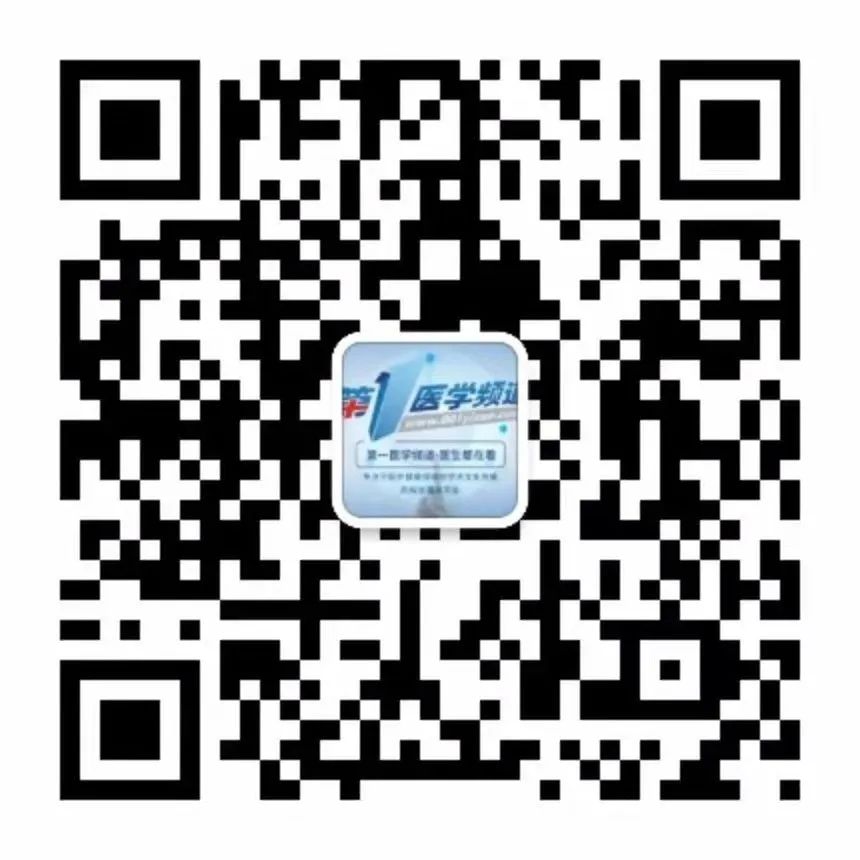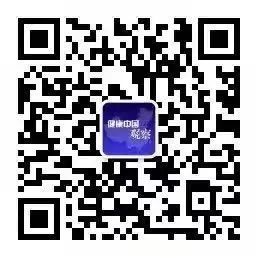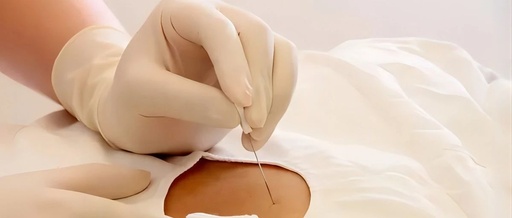The diagnosis and treatment of auricular points has a long history. The earliest records of “ear meridians” associated with the upper limbs, eyes, cheeks, and throat can be found in the silk manuscripts unearthed from the Mawangdui Han tomb No. 3 in Changsha, Hunan, dating back to 1973, specifically in the texts “Zuzhi Shiyi Mai Jiu Jing” and “Yin Yang Shiyi Mai Jiu Jing”. Subsequently, the “Huangdi Neijing” further developed the concept of “ear meridians” into the Hand Shaoyang Sanjiao Meridian, detailing the physiological and pathological relationships between the ear and the meridians, organs, and various parts of the human body. In the late Qing Dynasty, physician Zhang Zhenyun and his cousin Zhang Dishan inherited the academic thoughts of Ming Dynasty physician Zhou Yuefu, supplementing and revising the work “Lizheng Anmo Yaoshu”, which first proposed the theory of the ear’s back corresponding to the five organs and illustrated the ear back diagram, enriching the theory of auricular points. Acupuncture was introduced to France in the 17th century, where Dr. Nogier, a medical doctor and surgeon, proposed a diagram of auricular acupuncture points resembling an inverted fetus based on the method of tenderness, laying the foundation for the “auricular holography” theory.
Auricular points are areas on the auricle that reflect the physiological functions and pathological changes of the body, communicating with the organs, meridians, and tissues of the human body. Clinically, various positive reactions in the auricular area (such as discoloration, deformation, desquamation, papules, tenderness, and sensitivity) can assist in diagnosing and treating diseases, and are widely applied. Auricular therapy employs methods such as acupuncture, pressure, injection, incision, and plaster application on corresponding auricular points to stimulate these points, achieving the effect of regulating the body and preventing diseases. The author studied under Dr. Wei Dan, a chief physician at Hubei Provincial Hospital of Traditional Chinese Medicine, who is skilled in using auricular pressure beans to treat various clinical pain conditions and regulate internal diseases. Inspired by this, the author used auricular bloodletting to cure a patient with bilateral foot numbness, which is described below.
Chen, male, 64 years old, first diagnosed on March 13, 2024. Chief complaint: low back pain accompanied by bilateral lower limb numbness for 5 years, worsening for 1 week. The patient developed low back pain with bilateral lower limb numbness after exertion 5 years ago, which worsened with exertion, and the area of numbness in the lower limbs gradually increased over the years, particularly in the feet. He had undergone lumbar CT at an external hospital, which indicated lumbar disc herniation, and intermittently received acupuncture treatment. One week ago, after exertion, the low back pain and bilateral lower limb numbness worsened, especially at night, affecting daily life and sleep. After prolonged walking, he experienced fatigue in the lower limbs, with no fever, frequent urination, urgency, or other discomforts. His appetite was normal, sleep was poor, with loose stools and frequent urination. Tongue: dark, thin coating; pulse: wiry. He has a history of chronic gastritis, chronic colitis, and benign prostatic hyperplasia.
Diagnosis: Lumbar Bi Syndrome (Qi deficiency and blood stasis).
Treatment principle: Invigorate blood and eliminate stasis, open meridians and relieve pain.
Treatment: Acupuncture therapy. Points selected include: pain points in the lower back, Shenshu (bilateral), Dachangshu (bilateral), Qihai (bilateral), Mingmen, Huantiao (bilateral), Yanglingquan (bilateral), Weizhong (bilateral), Chengshan (bilateral), Xuanzhong (bilateral), Sanyinjiao (bilateral). Operation: Shenshu and Qihai were treated with tonifying techniques, while Huantiao and Weizhong were treated with reducing techniques, and the remaining points were treated with even techniques.
After 5 sessions of acupuncture treatment, the patient reported significant relief of the distending pain in the lower back and was able to move freely, but the numbness in both feet persisted without relief. He felt a decrease in sensation in the feet, affecting sleep and daily life. Upon examining the left ear points, dark red vascular dilation was observed in the lumbar and sacral, ankle, heel, and toe areas. Therefore, the treatment plan was adjusted to include the aforementioned acupuncture therapy combined with auricular bloodletting.
Auricular bloodletting operation: The patient was seated, and the physician first observed the skin condition of the auricular points and positive reaction points. A cotton swab was dipped in 75% alcohol to disinfect the auricle. One hand fixed the auricle while the other hand held a three-edged needle to quickly puncture the dilated vessels in the lumbar, ankle, heel, and toe areas, with a depth of about 1.5mm, allowing 3-5 drops of blood to flow. After the procedure, sterile dry cotton swabs were used to apply pressure to stop the bleeding, and the patient was advised to keep the wound dry and maintain a light diet. On the same day, the patient felt a reduction in foot numbness, and sleep improved at night. Continued acupuncture combined with auricular bloodletting treatment was performed, alternating between both ears every two days. After 10 sessions of acupuncture combined with 3 sessions of auricular bloodletting treatment, the patient reported that the distending pain in the lower back and both lower limbs had basically alleviated, the area of numbness in the soles of the feet had significantly reduced, and the duration of numbness had noticeably shortened, with only numbness remaining in the toe area.
It is noted that foot numbness is not an acute condition. The patient is middle-aged, with insufficient liver and kidney Qi and blood, and coupled with prolonged low back pain, local Qi and blood stagnation gradually affects the meridians of the feet, leading to further obstruction of already weak Qi and blood. The interdependence of obstruction and nourishment contributes to this condition. After routine acupuncture, the distending pain in the lower back was alleviated, but the foot numbness did not improve. Chronic conditions enter the collaterals, and the collaterals communicate with the interior and exterior, as well as the five organs and six bowels. In auricular holography theory, the ear represents an inverted fetus, with the body’s organs, tissues, and limbs reflected in the ear. Therefore, it is considered that auricular bloodletting can achieve the purpose of opening the meridians and promoting Qi and blood flow in the feet.
The auricular point for the lumbar and sacral region is located in zone 9 of the opposite auricle and is commonly used to treat lumbar and sacral disorders and lower limb conditions caused by lumbar issues. The auricular point for the ankle is located in zone 3 of the opposite auricle, used for treating ankle joint lesions. The auricular point for the toes is located in zone 2 of the opposite auricle and can be used to treat various causes of toe joint inflammation, pain, and itching. The auricular point for the heel is located in zone 1 of the opposite auricle, used for treating heel conditions. The auricular points for the lumbar and sacral region, ankle, heel, and toes can all relax the tendons and activate the collaterals, invigorate blood, and relieve pain, achieving the goal of treating both the root and the branch in conjunction with acupuncture therapy.
(Acupuncture should be performed under the guidance of a physician)
Source: Official account of China Traditional Chinese Medicine News
Long press the QR code to follow the video account
○

Long press the QR code to follow the public account
○

First Medical Channel

Health China Observation

